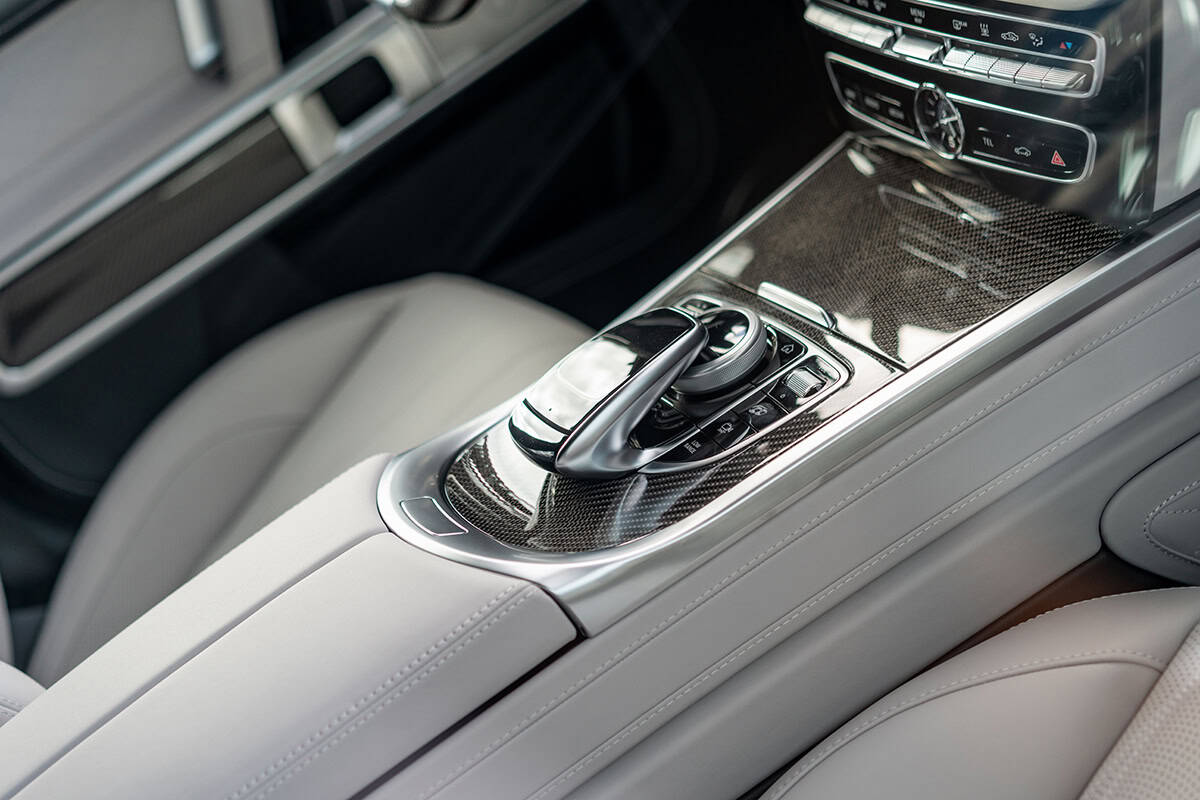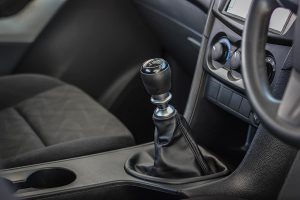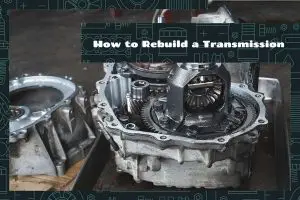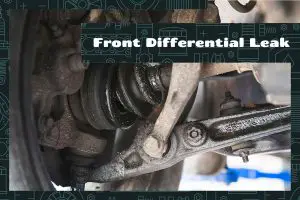Cars are a big part of our everyday life, taking us from point A to point B. But have you ever wondered how they move, speed up, slow down, or climb steep hills? The secret lies in a component called the transmission or gearbox, and a process called ‘gear shifting.’ This process is crucial to the efficient running and control of any vehicle, from the humble bicycle to the most powerful supercar.
A gear shift is a component in vehicles that allows the driver to control the transmission system. It alters the vehicle’s gear ratio, changing its speed and torque. In simpler terms, the gear shift helps your car go faster, slow down, and climb hills without straining the engine.
In this short guide, we’ll explore the differences between manual and automatic transmission, how each works, and the role of gear shifting in various vehicle types.
The Basics of Gear Shift
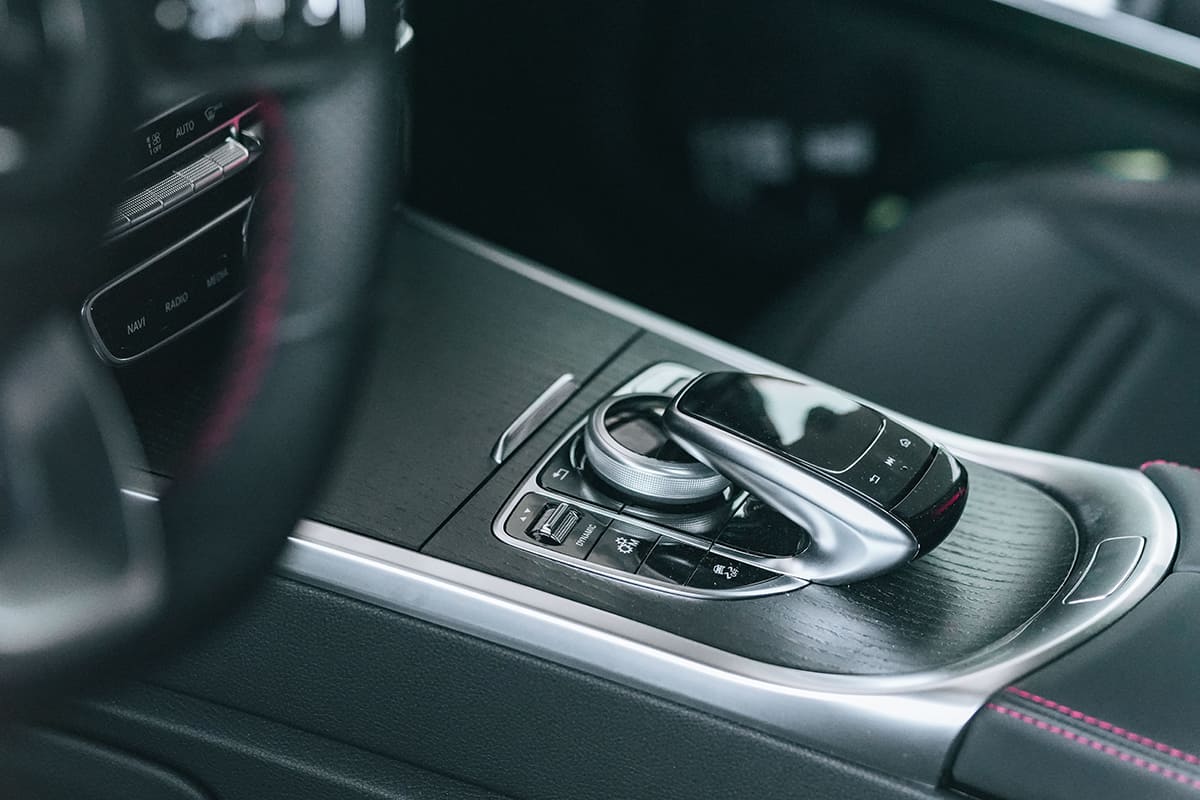
Driving a car is like conducting an orchestra of mechanical components, and gear shifting is one of the most vital roles in this symphony. It’s not just about speed or power, but about efficiency and the preservation of your vehicle’s engine.
A gear shift is your medium of communication with your vehicle’s transmission. It adjusts the gear ratio, altering the balance between speed (how fast your wheels turn) and torque (how hard they turn). To master the art of gear shifting, you need to understand the foundation it stands on – the transmission system.
What is Gear Shift?
Imagine you’re riding a bicycle up a hill. It’s easier if you use a lower gear because it requires less force to pedal, even though you’ll have to pedal more times to cover the same distance. On a flat surface, a higher gear lets you travel farther with each pedal stroke.
Cars work on the same principle, but instead of manually changing gears like on a bike, you use a gear shift. In cars, gear shifts occur in the transmission, also known as a gearbox. This box contains a set of gears with different sizes and numbers of teeth, which affect the car’s speed and power.
The Role of Transmission in a Vehicle
The transmission is like the middleman between your car’s engine and its wheels. The engine generates power, which the transmission converts into the force that spins the wheels. This happens through a complex dance of gears, shifting as per the vehicle’s speed and the load it’s under.
In other words, the transmission controls how much power goes to your wheels at any given moment. When your car needs more power, such as when starting from a stop or climbing a hill, it uses lower gear. When cruising at a high speed, it shifts to a higher gear.
The key to understanding gear shifts is understanding the relationship between speed, torque, and RPM (revolutions per minute). Lower gears give more torque but lower speed, and higher gears give less torque but more speed.
Gear Shift in Manual Transmission
Manual transmission, often referred to as a stick shift, gives drivers total control over the vehicle’s gears. Learning to operate a manual gearbox might seem daunting, but understanding its mechanics will make the process much more straightforward.
Mechanics of Manual Transmission
At its heart, a manual transmission is about the driver manually orchestrating the balance of power and speed. This balance is determined by the selected gear, controlled through a foot pedal (the clutch) and a gear stick. The gearbox in a manual transmission is a set of cogged wheels, each representing a gear.
When the clutch pedal is pressed, it disconnects the engine from the transmission. This allows you to change gears by moving the gear stick, which essentially rearranges the layout of the cogged wheels in the gearbox. Releasing the clutch then re-engages the engine, now in a different gear, altering the speed and torque delivered to the wheels.
Steps in Shifting Gears in Manual Vehicles
Mastering the clutch, throttle, and gear stick simultaneously can be a challenge. Here’s a basic step-by-step guide on how to shift gears:
- First Gear: Press the clutch pedal all the way and shift the gear stick to the first gear (usually the top-left position). Slowly release the clutch while applying gentle pressure on the accelerator. This delicate balance is often the trickiest part of driving a manual.
- Upshifting: Once the car is moving and the engine’s RPM increases to around 2500-3000, it’s time to shift to the next gear. Press the clutch, move the gear stick to the second position, and gradually release the clutch while applying the accelerator.
- Downshifting: To slow down or stop, you need to downshift. Press the clutch, move the gear stick to the lower gear, and slowly release the clutch while reducing pressure on the accelerator.
- Neutral: When you’re at a stop, and you don’t want to keep your foot on the clutch, you can put the car in neutral. This disengages the transmission from the engine, allowing the car to idle without stalling.
- Reverse: For backing up, press the clutch and shift the gear stick into the reverse position, usually denoted by an ‘R’.
Gear Shift in Automatic Transmission
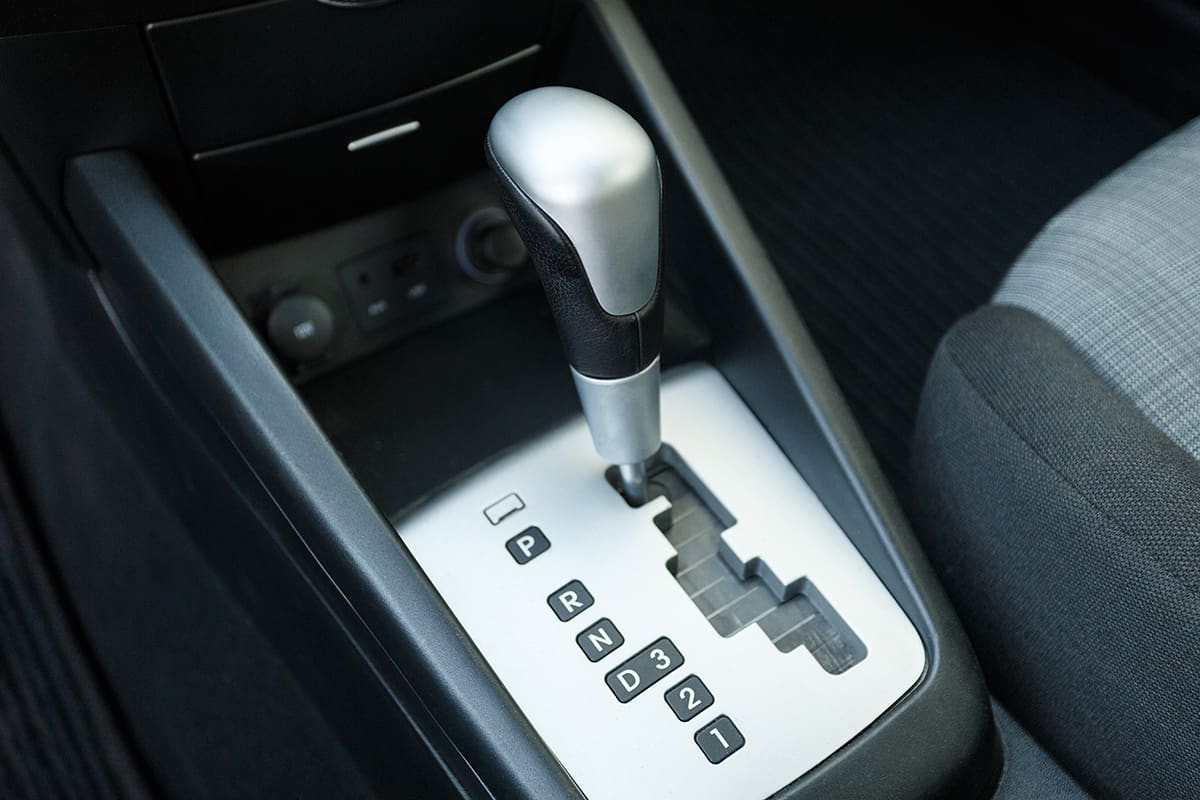
Automatic transmission vehicles offer a simplified driving experience by automatically selecting the most appropriate gear based on the car’s speed and load. They have been a popular choice for decades, particularly for urban drivers and those who prefer the convenience of not having to shift gears manually.
How Automatic Transmission Works
An automatic transmission works on the same basic principle as a manual one–altering gear ratios to balance power (torque) and speed. However, the significant difference lies in the fact that an automatic transmission does all the gear shifting for you.
The automatic transmission uses a component called a torque converter, which replaces the clutch found in manual transmissions. The torque converter uses hydraulic fluid to transmit power from the engine to the gearbox and allows the car to stop in gear without stalling.
When driving, the transmission’s sensors detect changes in speed and load, triggering the gear shifts as required. Therefore, the transmission can downshift when climbing a hill or upshift when you’re accelerating on a flat road.
Understanding the ‘P’, ‘R’, ‘N’, ‘D’, and ‘S’ in Automatic Transmissions
An automatic gearbox typically has a shift lever marked with several letters, each representing a different setting:
- P (Park): This locks the transmission, preventing the wheels from spinning. Always use ‘Park’ when you’re parking your car.
- R (Reverse): This engages the reverse gear, allowing the car to move backward.
- N (Neutral): This disengages the transmission from the engine, just like neutral in a manual car.
- D (Drive): This allows the car to move forward and is where the automatic transmission does its magic, shifting through gears as necessary.
- S (Sport): This mode delays upshifts to provide more power and control. It’s useful when driving on hilly terrain or when you need to accelerate quickly.
Maintenance and Troubleshooting
Maintaining and troubleshooting your car’s transmission is a crucial part of vehicle ownership. Regular care can increase the lifespan of your transmission and improve your vehicle’s overall performance.
Tips and Techniques for Maintaining Transmission
Proper maintenance of your transmission can significantly prolong its lifespan and improve your car’s performance. Here are some maintenance tips:
- Transmission Fluid Check: Transmission fluid is the lifeblood of your gearbox. It keeps the gears running smoothly and prevents overheating. Regularly check the fluid level and its color. It should be bright red and smell slightly sweet. If it’s dark or has a burnt smell, it may need to be replaced.
- Regular Service: Regularly service your vehicle according to your manufacturer’s recommendations. Most manufacturers recommend a transmission service every 30,000 to 60,000 miles, but consult your vehicle’s manual for specific guidelines.
- Stay Cool: Overheating is one of the leading causes of transmission failure. Ensure your cooling system is functioning correctly, especially if you often drive in heavy traffic or tow loads.
- Don’t Ignore Small Issues: If you notice any issues, such as strange noises, gear slipping, or difficulty shifting, have your vehicle inspected immediately. Small problems can rapidly escalate into more significant issues if left unaddressed.
Troubleshooting Transmission Problems: Signs and Solutions
Detecting problems early is crucial in preventing severe damage to your transmission. Here are some common symptoms of transmission issues and their potential causes:
- Difficulty Shifting: If your car hesitates when shifting or refuses to go into gear, it could indicate low transmission fluid or a worn clutch in a manual transmission.
- Gear Slipping: If your car is slipping out of gear while driving, it could mean an issue with your transmission’s linkage or control system.
- Noisy Transmission in Neutral: If your transmission makes a lot of noise when your car is in neutral, it might indicate worn-out bearings or gear teeth.
- Check Engine Light: While the check engine light can illuminate for many reasons, it’s often tied to transmission issues. It’s essential to get your vehicle checked out if this light turns on.
- Fluid Leaks: Transmission fluid leaks are a common problem. If you notice red fluid under your car, it’s time to inspect your transmission and seals.
- Burning Smell: A burning smell could mean your transmission fluid is overheating, often due to old or low fluid.
